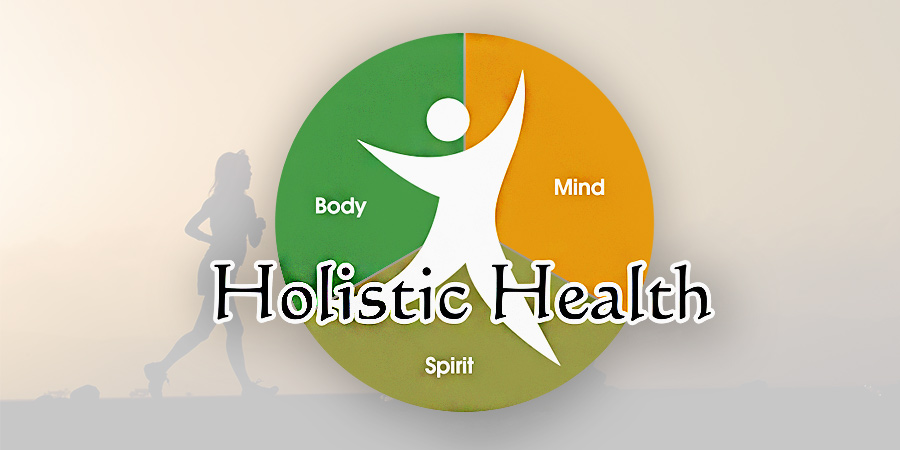Exploring the Role of a Specialist Nurse
Nursing involves ever changing roles and profiles and can assist patients in various ways. As nursing continues to become crowded, specialized nursing is gaining popularity in the medical sector. Specialist nurses or advanced practice registered nurses (APRNs) have expert knowledge and skills in particular nursing areas. They play an important role in providing specialized care. What Are Oncology Nurses? Oncology nurses specialize in caring for cancer patients, managing treatments, and symptoms, and providing support throughout the cancer journey. Nurses specializing in the treatment of cancer patients are referred to as oncology nurses. They integrate their broad knowledge and treatment methods with sympathy, ensuring holistic support. Becoming an oncology nurse requires considerable investment in education. It usually includes acquiring a Bachelor of Science in Nursing (BSN) degree, taking the NCLEX-RN exam. It is followed by working as an oncology nurse for at least a couple of years. They have to continue education such as pursuing a Master of Science in Nursing (MSN) degree with a concentration on oncology. Finally they have to be certified by the Oncology Nursing Certification Corporation (ONCC). Many oncology nurses further specialize their expertise by getting other certifications, such as breast cancer or palliative care certification within this field of cancer care. What Are Their Roles and Responsibilities? Oncology nurses educate patients, administer treatments, manage symptoms, offer emotional support, and coordinate care among various specialists to ensure comprehensive cancer care. In oncology, nurses have the obligation to give patient care and emotional support. Some key roles they play include: These practitioners play a crucial role in educating patients and their families about cancer, its treatments, and potential side effects. They help patients understand their diagnosis, highlight treatment options available, Oncology nurses often administer various cancer treatments such as chemotherapy, immunotherapy, and targeted therapies. They need extensive knowledge about these therapies in terms of both side effects and how they can be managed. Cancer itself and its cures usually bring about different symptoms or signs. Oncology nurses work closely with patients to assess and manage these issues like pain, nausea, fatigue or loss of appetite. Oncology nurses give vital emotional support by being present and being people who will listen attentively without judging anyone’s feelings. Patients go through counseling services, which would aid them while dealing with emotional stress. What Are Their Fields of Specialization? Pediatric oncology nurses care for children with cancer; radiation oncology nurses manage radiation therapy. Bone marrow transplant nurses oversee transplants; palliative care nurses enhance the quality of life for terminal patients. Nurses concentrating on pediatric oncology take care of children and teenagers who have cancer. It is necessary to have knowledge of childhood cancers to succeed in this profession. Additionally, they must be able to communicate effectively with children and their families. Radiation Oncology Nurses exclusively handle radiation therapy patients. These health practitioners teach them about the treatment process, managing side effects and help during doses. Transplant nurses take care of patients undergoing bone-marrow or stem-cell procedures. This expertise needs comprehension of immunosuppression, infection control, and knowledge of what transplant patients experience while being treated. This nursing unit focuses on improving the quality of life for terminal cancer victims. Mainly they specialize in managing pain symptoms and giving emotional support to terminally ill patients and their relatives. What Is The Importance Of Influence Oncology Nurses? Influencing oncology nurses is crucial for improving patient care, advancing cancer treatment, and enhancing quality of life by ensuring they have the latest knowledge, skills, and support for effective treatment and emotional support. Oncology specialist nurses can positively impact the life of cancer patients. They do not only provide essential medical services but also give them hope, comfort, and help when they need it most in their life. Apart from that, oncology nurses may be involved in research leading to progress towards cancer care and treatment. They can participate in clinical trials, collect efficacy data on treatments, or collaborate in developing new protocols for patient care. Many nurses involved in giving oncology therapy find the job rewarding although it can be emotionally and physically exhausting. They tend to establish very strong relationships with their clients to meaningfully change their lives. Nevertheless, compassion fatigue and burnout can be experienced through this work hence self-care becomes important for emotional sustainability. What is the most paid specialist nurse? The most highly paid specialist nurses are typically Nurse Anesthetists (CRNAs), who administer anesthesia and manage patient care during surgeries, often earning the highest salaries among nursing specialties due to their advanced training. A certified registered nurse anesthetist (CRNA) typically makes the highest salary among specialist nurses. CRNAs administer anesthesia during surgical processes and well as manage the postoperative phase of patient care. Due to their high level of education, extensive responsibilities and vital role within operating rooms they earn high wages: $180 000–$250 000 per year based on experience level, location and workplace setting. What is the lowest skilled nurse? The lowest-skilled nursing role is typically a Certified Nursing Assistant (CNA), focusing on basic patient care tasks such as bathing, feeding, and assisting with mobility. The lowest-skilled nurse is usually a Certified Nursing Assistant (CNA). They provide basic bedside care under the direction of registered nurses and other medical staff. Duties include assisting patients with personal hygiene, monitoring vital signs, and making sure they are comfortable. These duties are limited and require fewer qualifications for CNAs with salaries ranging from $25,000 to $35,000 per year. Which nurse has the highest salary? Certified Registered Nurse Anesthetists (CRNAs) have the highest salary among nurses, due to their specialized skills in administering anesthesia and managing anesthesia care. Most times, a top earning nurse refers to a Certified Registered Nurse Anesthetist (CRNA). They are concerned with giving out anesthesia in surgery. Their hefty pay comes from their extensive training and crucial job requirements. The annual salary of CRNAs ranges between $180,000 and $250,000. Conclusion In today’s healthcare sector, there has been a significant role played by specialized nurses who attend to cancer patients’ needs including











